Impact story
Botkyrka
During one year, girls and young women contributed with sustainable solutions to fight challenges in the public spaces in the Fittja area in the first Her City pilot project called #UrbanGirlsMovement. Girls from the area were engaged in developing innovative solutions for the public spaces they are familiar with. The girls have influenced and designed visions for a more inclusive and equal city, which in the long term can create conditions for reduced segregation and inequality.
Facts

Category: Municipality and private sector.
Location: Fittja square, station and marketplace, in Botkyrka municipality, Sweden.
Time: December 2017 – November 2019
Partners: Global Utmaning, Botkyrka municipality, UN-Habitat, Mistra Urban Futures, Iteam, Swedish Union of Tenants, White architects and Changers Hub.
Participants: Girls and young women from Botkyrka and urban professionals from Botkyrka municipality, the Region of Stockholm, Kungsvåningen AB, Södertörn University and KTH.
Her story
Challenges
The participants identified four focus areas in need of interventions during the first workshop, the “UrbanGirls Walk”: Fittja square, Fittja Centrum (the mall), the backside of the shopping centre and the underground station. The areas around the mall were described by the participants as dark and abandoned, while the square rather was described as taken over by men and scary. During the proceeding workshop, the participants used Method-kit to discuss what privileges prevailed in the space and their vision for the future. The participants specifically pointed out the lack of greenery, bad lighting, exhaust emission, inadequate seating arrangements and uninspiring surroundings. This was then addressed in the joint vision and design solutions visualized in Minecraft.
Solutions
The space was initially described as unwelcoming, unsafe and lacking activities. This was then reflected in the visualisations where the participants visioned a “public living room”, built seating, added greenery, and a pink guiding path lead the way through Fittja. One key takeaway from the #UrbanGirlsMovment was that both girls and professionals’ part of the project want Fittja to be a place to meet. The area should be welcoming and secure. To create that inclusive feeling, all the proposals focused on more lighting, greenery, places to hang out on and wider access to culture. The proposals ranged from skate park to a sound berm, from beehives to bean bags, and signs to bike lanes.
Opportunities
In consultation with the girls, White Architects and the municipality of Botkyrka designed a temporary pop-up to test some of the elements from the project. The pop-up #UrbanGirlsCube was built on Fittja square in August 2019 by a group of young seasonal workers. The cube was a combination of several of the public space solutions from the #UrbanGirlsMovement workshop series. The purpose of the pop-up installation was to see how the local community would react to the innovative solutions that emerged from the project and show how the results in a simple way can be incorporated in the urban planning process. The pavilion was built entirely of wood and then reused at preschools in the municipality. It was the first of two trail pop-ups on the square. The tests have resulted in plans by the municipality, for permanent solutions on the square and around the mall, based on the prioritized elements from the UrbanGirls. Further development is planned in the area and some improvement of lightning has already been undertaken. In addition, the municipal housing company Botkyrkabyggen have implemented some of the designs in an adjacent parking lot. The “rainbow park” contains several of the ideas generated by the girls such as movable furniture, eco-system plantations, floor paintings, murals, integrated playing and sports facilities. The vision of a Fittja as a place for community, rather than a transit, is present in the new park.
Impact
The process led to improvement in the spatial distribution of public spaces. The #UrbanGirlsMovement also provided a great learning opportunity for every one participating. It has built capacity among municipal professionals and other participating on how to include girls and young women in urban planning and design. The girls described the process as empowering and their understanding of the decision-making process deepened. The cooperation and partnerships between implementing actors in Botkyrka municipality have also improved by the experience. #UrbanGirlsMevement ensured the continued financing from the Swedish Innovation Agency Vinnova to continue developing the method and build the Her City Toolbox.
Lessons learned
#UrbanGirlsMovement was greatly influenced by the vast community knowledge provided by the girls and the local NGOs throughout the entire process. From the beginning, high-level officials in the municipality and implementing actors were included in the project development. This focus and level of co-creation made the #UrbanGrilsMovement successful. The primary learning and recommendation from the process is that co-design and co-creation not only make the process transparent, but it ensures longevity in both partnerships and designs solutions.
Results
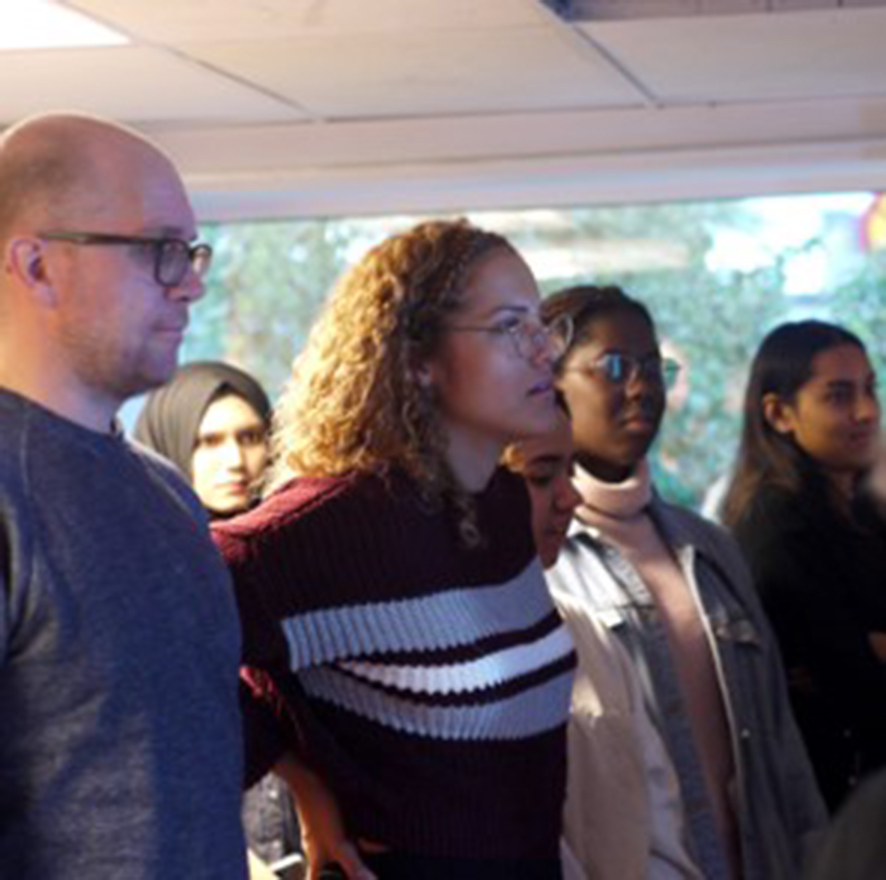
Block 1: Stakeholder engagement
A multi-stakeholder team of girls and professionals to mainstream youth, gender and socio-economic perspectives throughout the entire planning, design and implementation process.
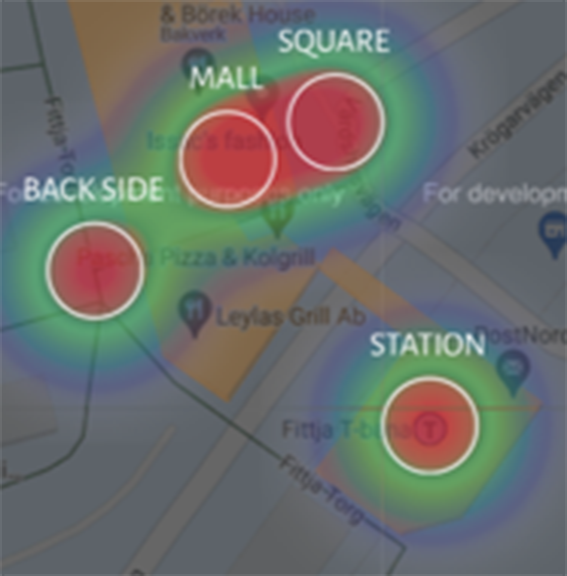
Block 2: City wide assessment
A city level analysis based on girls and young women’s observations and a list with their top priority spaces to be improved.

Block 3: Site specific assessment
Collecting quantitative and qualitative data by girls and young women on the state of the space that is considered a top priority for improvement.

Block 4: Analysing challenges
A joint vision for the space based on a detailed analysis of the girls’ needs and current privileges in the space.

Block 5: Designing ideas
A rough design in Minecraft of the new space made by the girls and professionals based on the solutions identified throughout the process.
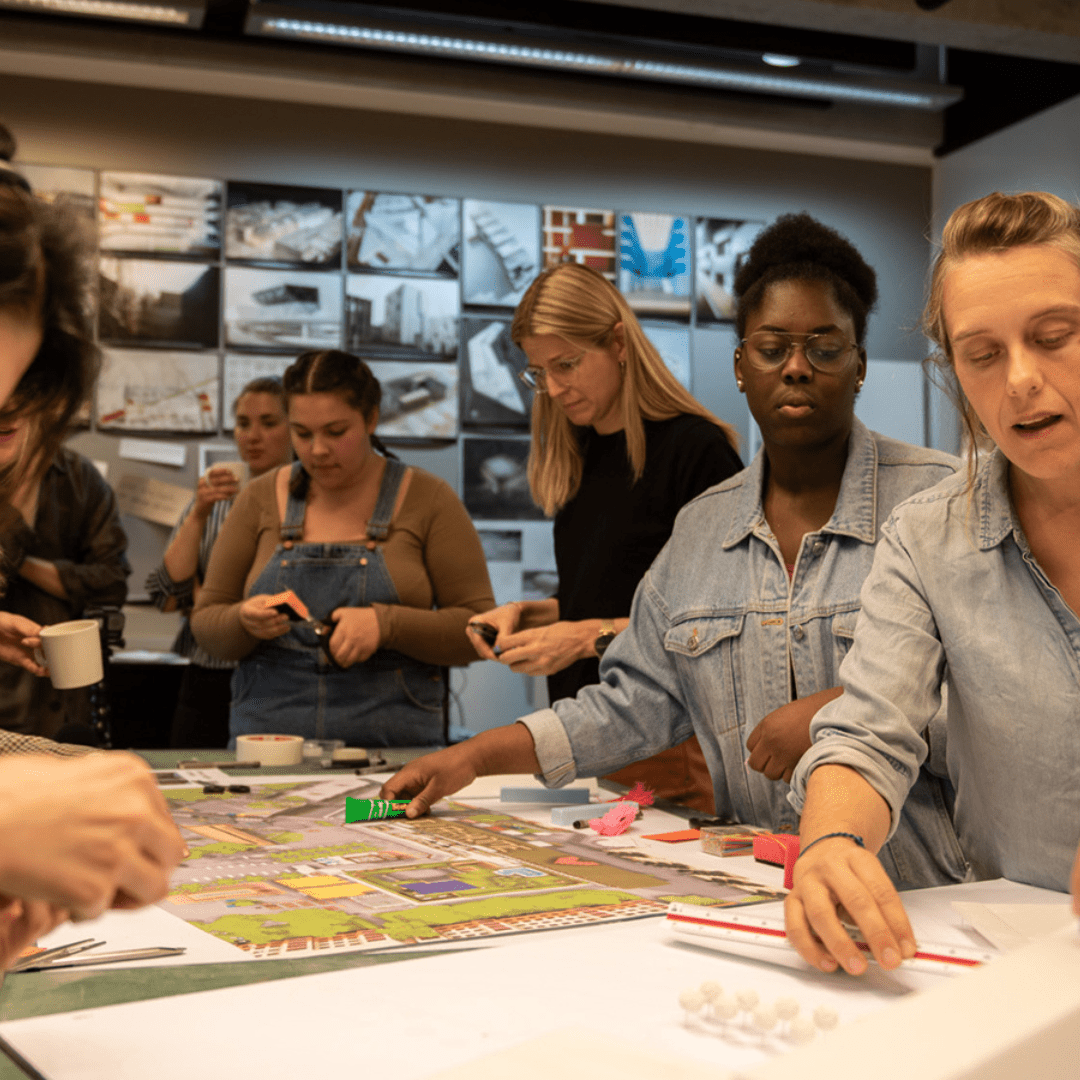
Block 6: Recommendations
A joint action plan for the space where girls and professionals negotiate ways forward for implementation and potential impact of the project.
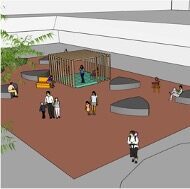
Block 7: Action plans
Detailed plans collaboratively developed by the girls and professionals for the construction phase including cost estimations and maintenance plans.

Block 8: Sharing results
Approval from community and decision-makers to move forward and start construction and spreading of knowledge gained throughout the project.

Block 9: Implementation and follow-up
An evaluation of the process, follow up on construction by the girls and a final report on the results of the entire project with a mainstreaming strategy to scale up similar initiatives.
Related SDGs
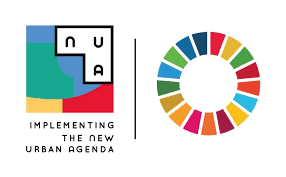
The project relates to the 2030 Agenda Sustainable Development Goals (SDGs) 5, 10, 11, 16 and 17.
About
Contact
hercity@un.org
Follow us
Facebook: @HerCity
Instagram: @HerCityToolbox
Twitter: @HerCityToolbox
YouTube: @HerCity
TikTok: @HerCity
#HerCity
Her City is a joint urban development initiative by UN-Habitat (the United Nations Human Settlements Programme) and Shared City Foundation.